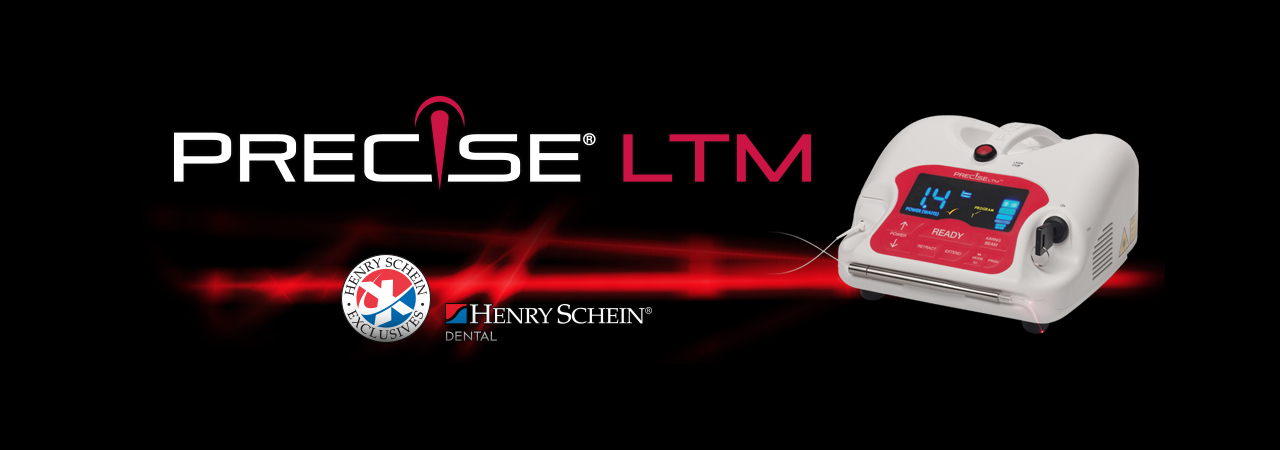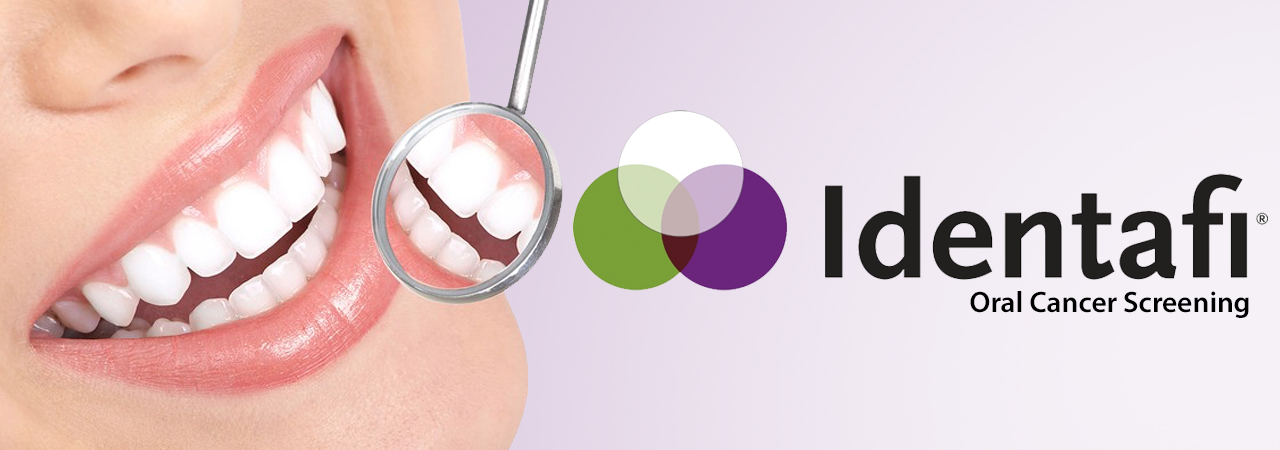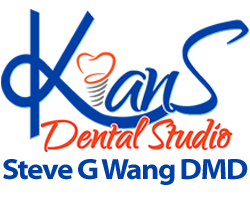

Advanced Technology
Precision Dentistry
When you seek care at our office, you are assured that Dr. Wang and his staff utilize the
latest in technology to enhance the quality and fit for your dental care.
Laser Dentistry
Laser dentistry is one of dentistry’s latest advances. The laser delivers energy in the
form of light. Depending on the intended result, this energy travels at different
wavelengths and is absorbed by a “target.” In dentistry, these targets can be enamel,
decay, gum tissue, or whitening enhancers. Each one absorbs a different wavelength of
light while reflecting others. For soft tissue (surgical) procedures it eliminates the need
for suturing and healing is much faster.
Areas of dental care that benefit from laser technology:
Periodontal, or gum related, care
Apthous Ulcer treatment (canker sore)
Frenectomy (tongue-tie release) without anesthesia or sutures
Crown lengthening, gingivectomy and other gum corrections
Hemostasis during crown preparation/impression making
Dental lasers have been shown to be safe and effective for treating both children and
adults.
Intraoral Camera
Many patients, especially younger patients, are very familiar with the latest technology
and are comfortable with the high tech practice. Computers and TV screens are their
primary method of information processing.
Dr. Wang utilizes Intraoral Camera technology that helps enhance your understanding
of your diagnosis. An Intraoral Camera allows our practice to view clear, precise images
of your mouth, teeth and gums, in order for us to accurately make a diagnosis. With
clear, defined, enlarged images, you see details that may be missed by standard mirror
examinations.
Intra oral cameras also enable our practice to save your images in our office computer
to provide a permanent record of treatments. These images can be printed for you,
other specialists, and your lab or insurance companies.
Digital Imaging
Dr Wang chooses carefully which and when radiographs are taken. There are many
guidelines that we follow. Radiographs allow us to see everything we cannot see with
our own eyes. Radiographs enable us to detect cavities in between your teeth,
determine bone level, and analyze the health of your bone. We can also examine the
roots and nerves of teeth, diagnose lesions such as cysts or tumors, as well as assess
damage when trauma occurs.
Dental radiographs are invaluable aids in diagnosing, treating, and maintaining dental
health. Exposure time for dental radiographs is extremely minimal. Dr. Wang utilizes
Schick 33 Digital Imaging Technologies within the office. With digital imaging, exposure
time is about 50 percent less when compared to traditional radiographs. Digital imaging
can also help us retrieve valuable diagnostic information. We may be able to see
cavities better.
Digital imaging allows us to store patient images, and enables us to quickly and easily
transfer them to specialists or insurance companies.
Digital X-rays offer more precision since we view the image on a computer monitor,
instead of holding up a 35mm film up to the light. Digital X-rays reduces 80% of the
radiation exposure to you.

